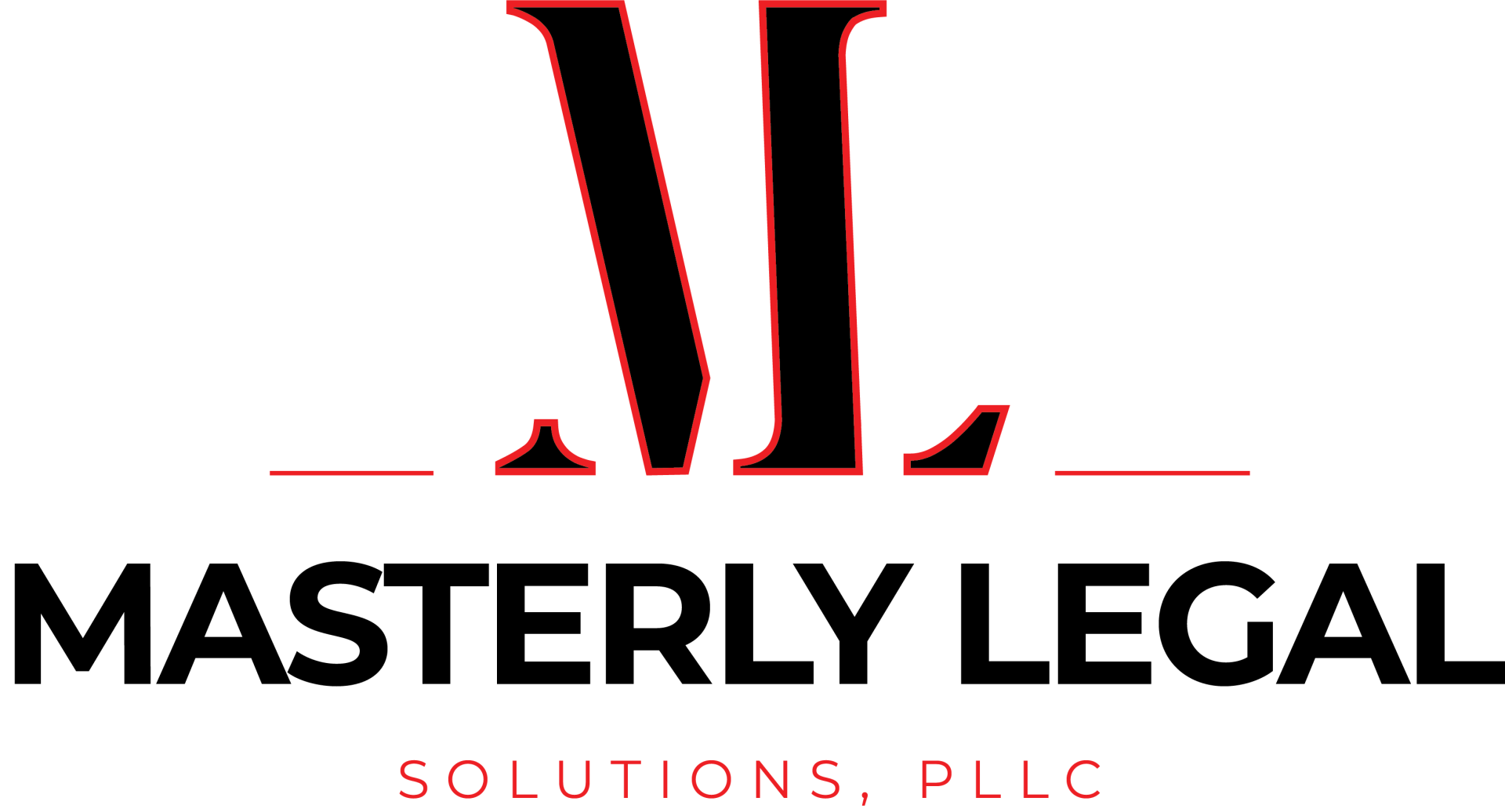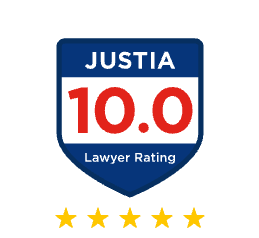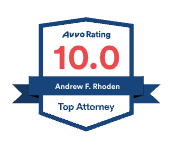Sexual Harassment Training for Employees: Key Legal Requirements for Employers
Sexual harassment in the workplace is a serious legal and ethical concern that can lead to costly lawsuits, damage to a company’s reputation, and a toxic workplace culture. To prevent these issues, businesses must implement effective sexual harassment training programs that comply with state and federal laws while fostering a respectful work environment.
Employers have a legal obligation to provide training that educates employees on what constitutes sexual harassment, how to recognize and report it, and how to prevent it. Understanding the sexual harassment training requirements outlined by the Equal Employment Opportunity Commission (EEOC) and various state laws is essential to compliance and workplace safety.
This guide explores the legal requirements surrounding sexual harassment training for employees, the best practices for compliance, and the steps businesses should take to eliminate sexual harassment in the workplace.
Understanding Sexual Harassment in the Workplace
Sexual harassment is a form of unlawful harassment that violates the Civil Rights Act and other employment discrimination laws. The Equal Employment Opportunity Commission (EEOC) defines sexual harassment as:
- Unwelcome sexual advances
- Requests for sexual favors
- Verbal or physical conduct of a sexual nature that interferes with an individual’s work performance or creates a hostile work environment
Sexual harassment includes sexual harassment between supervisory employees, non-supervisory employees, and temporary employees, as well as harassment based on gender identity or sexual orientation.
Employers must take immediate and appropriate action to eliminate sexual harassment in the workplace by implementing anti-harassment training and harassment prevention policies.
State and Federal Laws on Sexual Harassment Training
Federal Laws Governing Sexual Harassment Training
Under federal law, the Equal Employment Opportunity Commission (EEOC) requires employers to provide anti-harassment training as part of their harassment prevention strategies. While there are no universal federal mandates for specific training programs, the EEOC strongly encourages businesses to provide regular harassment prevention training to all employees, including new employees and supervisory personnel.
Federal laws also prohibit retaliation against employees who file sexual harassment complaints or participate in investigations related to harassment and discrimination.
State Law Training Requirements
Many states have mandatory sexual harassment training requirements for businesses with three or more employees. Employers must comply with state law to avoid penalties. Some states with strict sexual harassment training mandates include:
- New York – Requires annual training for all employees, including non-supervisory employees and supervisory employees.
- California – Requires employers with five or more employees to provide training every two years.
- New Jersey – The New Jersey Supreme Court mandates training requirements for businesses to affirmative defense against claims.
- Illinois – Requires harassment training for all employees and additional training requirements for restaurants and bars.
Employers should regularly review state and federal laws to ensure compliance with the latest sexual harassment training requirements.
Best Practices for Implementing Workplace Harassment Training
1. Provide Regular and Mandatory Sexual Harassment Prevention Training
To comply with training requirements, businesses must implement effective and ongoing training programs. Employers should:
- Conduct annual training for all employees, including existing employees and new hires.
- Provide anti-harassment training tailored to industry-specific risks.
- Include practical examples to illustrate harassing behavior and acceptable behaviors in the workplace.
- Educate employees on grievance procedures and legal recourse for harassment claims.
2. Offer Online Sexual Harassment Training for Accessibility
Many states allow or encourage online sexual harassment training to ensure convenience and accessibility for employees. Online training helps businesses educate employees while meeting harassment prevention training requirements.
Employers should choose interactive workplace harassment training programs that include:
- Real-life scenarios on what constitutes harassment
- Information on addressing sexual harassment complaints
- Steps for discouraging improper conduct in the workplace
3. Include Supervisory Employees in Anti-Harassment Training
Employers should conduct additional training for supervisory employees and supervisory personnel, covering:
- How to recognize harassment in the workplace
- Their role in preventing unlawful harassment
- The importance of immediate and appropriate action in response to sexual harassment complaints
4. Develop a Clear Sexual Harassment Policy
A well-defined sexual harassment policy helps prevent sexual harassment and ensures that employees understand:
- Their rights and responsibilities under state and federal laws
- The company’s commitment to eliminate sexual harassment
- The effective complaint process for reporting workplace harassment
Employers must also inform employees about their legal rights, harassment prevention policies, and steps for reporting unlawful harassment.
5. Take Immediate and Appropriate Action Against Sexual Harassment
If a sexual harassment complaint arises, businesses must:
- Investigate the complaint promptly and fairly
- Enforce appropriate sanctions against violators
- Ensure a respectful work environment free of harassment and discrimination
Employers who fail to address complaints risk lawsuits, penalties, and reputational damage.

The Legal Consequences of Non-Compliance
Serious legal and financial repercussions may arise from noncompliance with sexual harassment training obligations, including:
- Lawsuits and employment discrimination claims
- Fines and penalties under state and federal laws
- Loss of business reputation due to negative publicity
- Increased turnover and low employee morale
By providing anti-harassment training, businesses can protect employees, reduce liability, and create a workplace culture that fosters inclusion training and mutual respect.
Ensuring Compliance with Workplace Harassment Prevention Training Requirements
Employers must implement workplace harassment prevention training to educate employees on identifying, preventing, and reporting harassment in professional settings. Anti-sexual harassment training is essential for maintaining a respectful work environment and reducing the risk of unlawful sexual harassment claims. Businesses should develop a sexual harassment prevention policy that aligns with federal and state laws, outlining clear reporting procedures and disciplinary actions for misconduct.
Such training should cover a broad range of workplace behaviors, including workplace training on how to handle employee training for harassment prevention. Specific emphasis should be placed on recognizing discrimination based on national origin, gender, or other protected characteristics. Additionally, sexual assault, abusive conduct, and inappropriate behavior that violates the Ohio Administrative Code should be addressed to ensure compliance with legal prohibition guidelines.
Employers operating in multiple states should also be aware of region-specific training mandates. For example, organizations must comply with regulations set by the Kansas Human Rights Commission and the Nebraska Equal Opportunity Commission to ensure their policies align with state-level requirements. Developing methods to incorporate these legal standards into training programs helps businesses foster a safer, more inclusive workplace while reducing liability risks.
The Growing Demand for Online Sexual Harassment Training
With evolving workplace dynamics, many businesses are turning to online sexual harassment training to ensure compliance with state and federal laws while providing employees with accessible and flexible learning options. This type of training allows companies to educate their workforce on what constitutes harassment, how to report sexual harassment complaints, and the importance of fostering a respectful work environment—all without disrupting daily business operations.
Employers who implement online sexual harassment training benefit from standardized content, interactive scenarios, and real-time tracking to ensure all new employees and existing employees complete the necessary courses. Offering workplace harassment prevention training through online training platforms ensures that businesses eliminate sexual harassment risks while reinforcing anti-harassment policies and harassment prevention strategies effectively.
Understanding Workplace Harassment Training Under the Civil Rights Act
The Civil Rights Act plays a crucial role in shaping employer responsibilities regarding workplace harassment prevention training. Under Title VII of the Civil Rights Act, businesses are legally required to prevent employment discrimination based on national origin, gender, race, religion, and other protected characteristics. This includes implementing comprehensive sexual harassment prevention training to educate employees on what constitutes harassment and how to report it.
By aligning harassment training programs with the Civil Rights Act, employers can proactively eliminate sexual harassment and foster a respectful work environment. Ensuring compliance with this law not only helps businesses prevent legal liability but also strengthens workplace culture by discouraging improper conduct and promoting inclusion training.
Workplace Harassment Prevention Training: A Critical Compliance Requirement
Businesses must prioritize workplace harassment prevention training to protect employees and ensure compliance with state and federal laws. This type of training educates workers on recognizing, addressing, and reporting harassment in the workplace, reducing the risk of unlawful harassment claims. Employers that fail to implement workplace harassment prevention training may face legal consequences, including lawsuits and penalties under the Equal Employment Opportunity Commission (EEOC) guidelines.
A well-structured workplace harassment prevention training program should cover various forms of misconduct, including sexual harassment, discrimination based on national origin, and other workplace violations. Employers must ensure that all new employees and existing employees receive training that reinforces acceptable behaviors and outlines procedures for filing complaints. By taking immediate and appropriate action to prevent workplace misconduct, businesses can foster a respectful work environment and minimize legal risks.
The Importance of Sexual Harassment Prevention Training for a Safe Workplace
To foster a professional and inclusive work environment, businesses must implement sexual harassment prevention training as part of their compliance efforts. This training helps employees understand what constitutes sexual harassment, how to recognize inappropriate behavior, and the steps to take when reporting workplace misconduct. Companies that fail to provide sexual harassment prevention training risk employment discrimination claims, legal penalties, and damage to their reputation.
By incorporating sexual harassment prevention training into their regular workplace training, employers can proactively address potential issues before they escalate. Such training should emphasize the importance of creating a respectful workplace culture, educating employees on their rights, and outlining disciplinary actions for unlawful harassment. Regular harassment prevention training not only ensures compliance with state and federal laws but also helps businesses eliminate sexual harassment from the workplace, ultimately leading to a safer and more productive workforce.
Take Action Today: Contact Masterly Legal Solutions for a Free Consultation
Sexual harassment prevention is not just a legal obligation—it’s an essential part of creating a safe and productive workplace. At Masterly Legal Solutions, we help businesses develop comprehensive harassment prevention programs that comply with state and federal laws while protecting your company from employment discrimination claims.
If you need guidance on sexual harassment prevention training, workplace harassment policies, or harassment training compliance, our experienced legal team is here to assist you.
Contact us today at (972) 236-5051 for a free consultation to ensure your business is fully compliant with harassment prevention training laws and best practices.
Legal Disclaimer: This article is for informational purposes only and does not constitute legal advice. Consult a qualified attorney for legal guidance tailored to your business needs.
Looking for Legal & Business Solutions? Contact Us Now
Fill in the form or call us to set up a meeting














